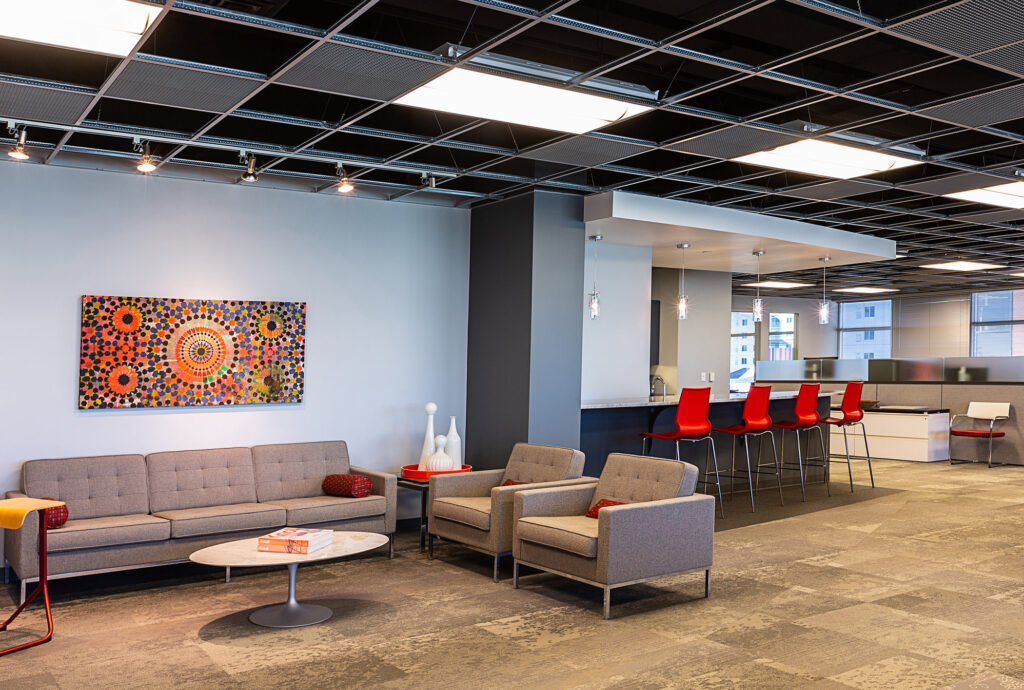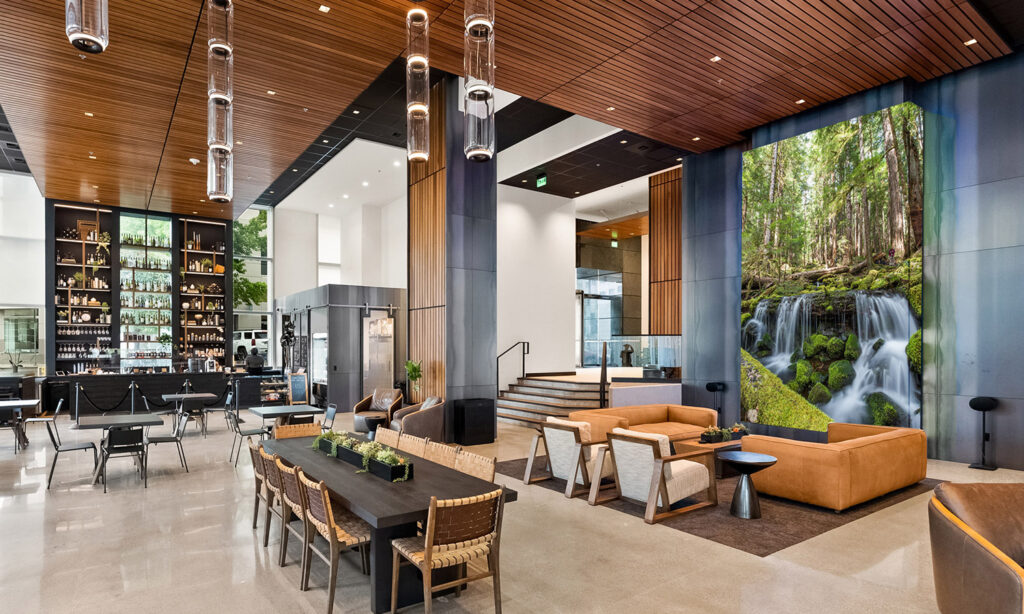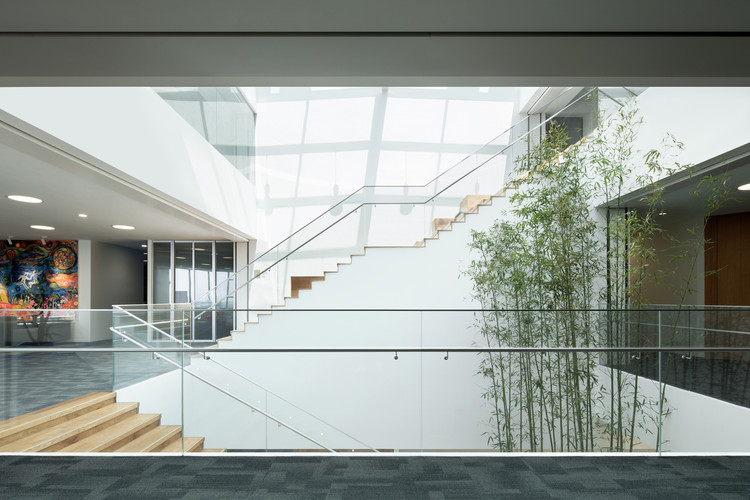Welcome to the topic “The Comeback of the Office Commercial Real Estate Market in 2025“
The commercial office market has not been the same since the pandemic. Headlines spent years predicting the “death of the office” by citing record-high vacancies & a mass national movement to remote “Work-From-Home” work. However, a new narrative is emerging in the second quarter of 2025; this one is signaling a persistent and evolving comeback in the commercial office market.
Office space is making its way back into the norm, and we argue that by the end of this year, we’ll see a major uptake in commercial real estate, encouraging more investment in this sector.
Are We at the Bottom? All Signs Point to Recovery
The question that gets asked a lot about the CRE market today is “Are we at the bottom of the commercial office market cycle?”
The answer is – “likely yes.” Even if we’re not already there, we’re more than likely standing at the edge. Data shows a 1% increase in office rental rates last quarter. This may sound quite modest, but it’s a major indicator that landlords are preparing for a turnaround. After many years of softening demand and falling rents, this gradual uptick signals new confidence in the sector.

So, we’re reasonably optimistic that we’re living the early days of recovery.
This optimism isn’t just based on the numbers. Businesses are expanding their footprints. They’re taking up more square footage (LinkedIn paid $75 million in cash for a new office space in the Valley). But most importantly, companies that previously downsized or abandoned office space are now returning.
We see the mindset of business owners shifting from “How little space can we get by with?” to “How much space do we need to support growth and collaboration?” in real time.
The Push Back to the Office: Policy and Culture
The US government’s changing stance on remote work is the biggest driver of this turnaround.
The federal government’s “back-to-work” mandate for all government employees set a tone that’s echoed across the private sector. We can see Amazon, JPMorgan Chase, AT&T, and Zoom (the poster child for remote work) requiring employees to spend more days in the office.
Though it does not mean that the five-day office week is back for good. Instead, a hybrid model is the “new normal.” We can expect employees to now spend 3 to 4 days in the office. This gradual shift is emboldening CEOs and business leaders who recognize the value of in-person collaboration and communication for productivity, innovation, and company culture.
Momentum of the Office Commerical Real Estate Market in 2025
Data from CoStar shows that about half of the nation’s top 50 office markets seem to be experiencing positive net absorption in 2025; meaning that clients are leasing more office space than vacating it.
A clear sign that demand has outpaced supply.
Markets like Manhattan and Silicon Valley are leading the charge, but the recovery is broadening. Even though the trend isn’t uniform across all cities, we can be confident that the office market is stabilizing, and, in many places, growing again.
Industries Leading the Office Commercial Real Estate Market 2025 Comeback
Tech and life sciences are at the forefront of the renewed commercial office market demand, as these sectors rely on specialized office spaces to foster research and development (R&D). As a result, demand for high-quality, amenity-rich office environments is rising, particularly in markets with a strong presence of these industries.
The Flight to Quality: Increased Leasing of Class-A Office Buildings
With the increased demand in Office CRE market, landlords are seeing a strong trend in businesses doing a “flight to quality”. Meaning that businesses are leasing Class-A office buildings to take advantage of the many modern amenities, excellent infrastructure, and prime locations they offer.

Class-A properties offer everything today’s tenants want: flexible layouts, high-speed connectivity, wellness features, and proximity to public transportation.
As rental rates have dropped over the last 5 years, tenants who used to occupy class-B or low-tier space now find class-A properties within reach. The end result is a migration of tenants “up the quality ladder,” boosting occupancy and stabilizing rents in the best buildings in the market.
Supply and Vacancy: The Tightest Market Over a Decade
Supply and demand also plays a significant role in the Office Commercial Real Estate Market comeback in 2025.
The pipeline for new office construction is at its lowest level since 2012. Only about 66 million square feet of construction is currently underway nationwide.
As very few new buildings are available for purchase, existing vacancies will be absorbed more quickly as demand returns, putting upward pressure on rental rates and reducing concessions.
What Does This Mean for Tenants and Investors?
For both tenants and investors, the current office CRE market presents unique opportunities.
Business owners should capitalize on favorable lease terms, as rents remain below pre-pandemic highs and landlords are actively seeking tenants.

Investors should focus on properties with strong amenities, flexible spaces, and locations near public transit to maximize returns as the market recovers and demand increases in prime locations.
As the market recovers, commercial office real estate will see the greatest demand and the fastest growth since the pandemic. As the commercial office market rebounds, having the right cre advisor is more necessary than ever.
At Tenant Advisory Group, we always bring unmatched experience, market knowledge, & negotiation skills to every transaction. Connect with our team and let’s build your business together.
Also read: The Power of Connection: Building Partnerships Beyond Transactions
TAGS